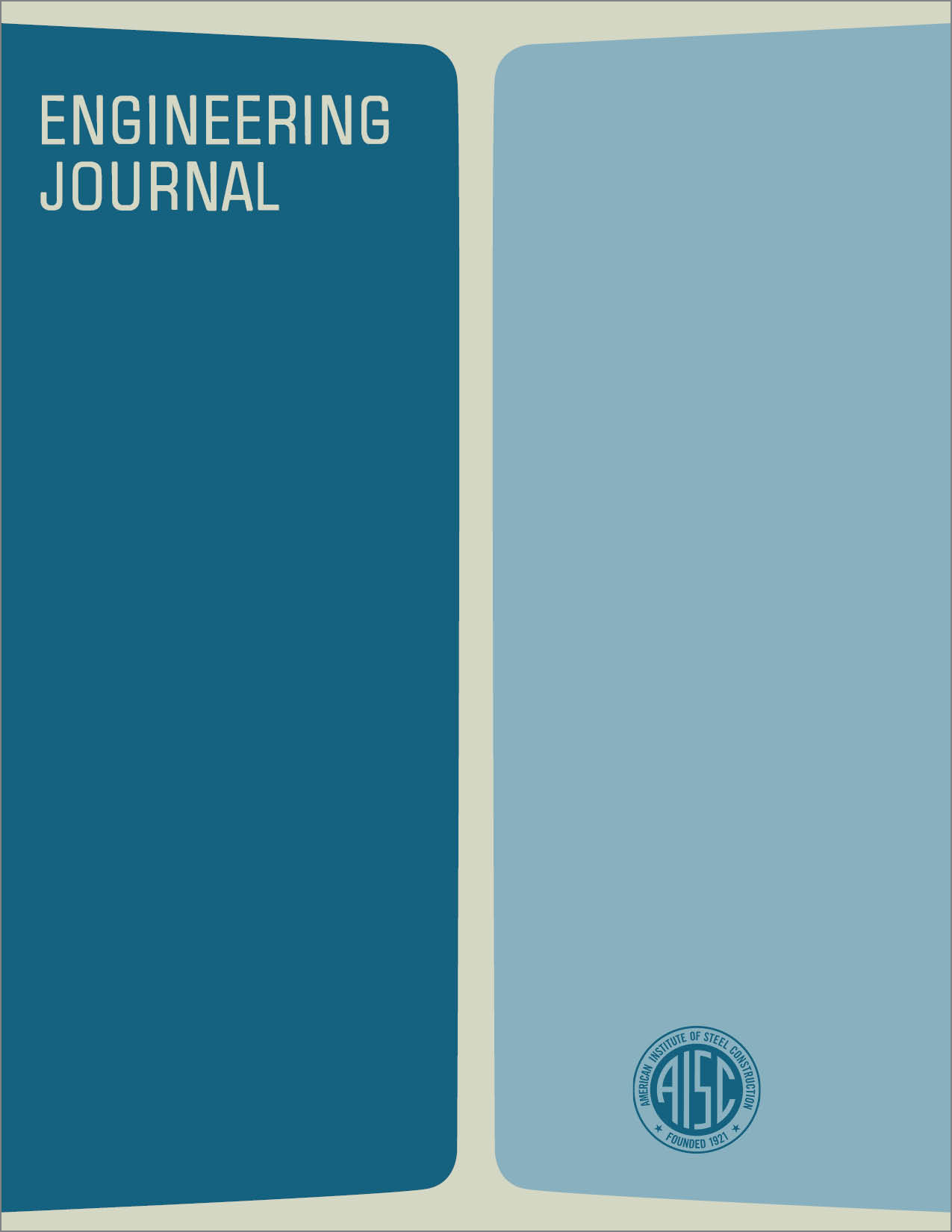Experimental Study of a Schwedler Rigid Framed Dome
DOI:
https://doi.org/10.62913/engj.v9i2.182Abstract
The steel framed dome has become quite popular in recent years for use as a roof structure. This popularity is due to the fact that the dome can cover large areas with a minimum amount of material, is free of interior supports, is relatively easy to fabricate and erect, and has a pleasing appearance. One of the more widely constructed domes is the Schwedler dome6 shown in Fig. 1. It has a simple geometry and, by assuming pin-connected joints for the structure, can be analyzed for axis-symmetrical loading conditions using the basic equations of statics. The static analysis of the Schwedler dome has been the subject of some research and has been presented by AISC. If the joints were assumed to be rigid, analysis would be more difficult, because the model would represent a space frame with a very high degree of indeterminancy. In most instances the joints of a Schwedler dome are better described as rigid, rather than pinconnected, which raises a question about the accuracy of the static analysis. A more sophisticated analysis should be used to properly analyze such a structure. Currently, only limited experimental and theoretical information is available concerning the response and analysis of rigid steel framed domes.

